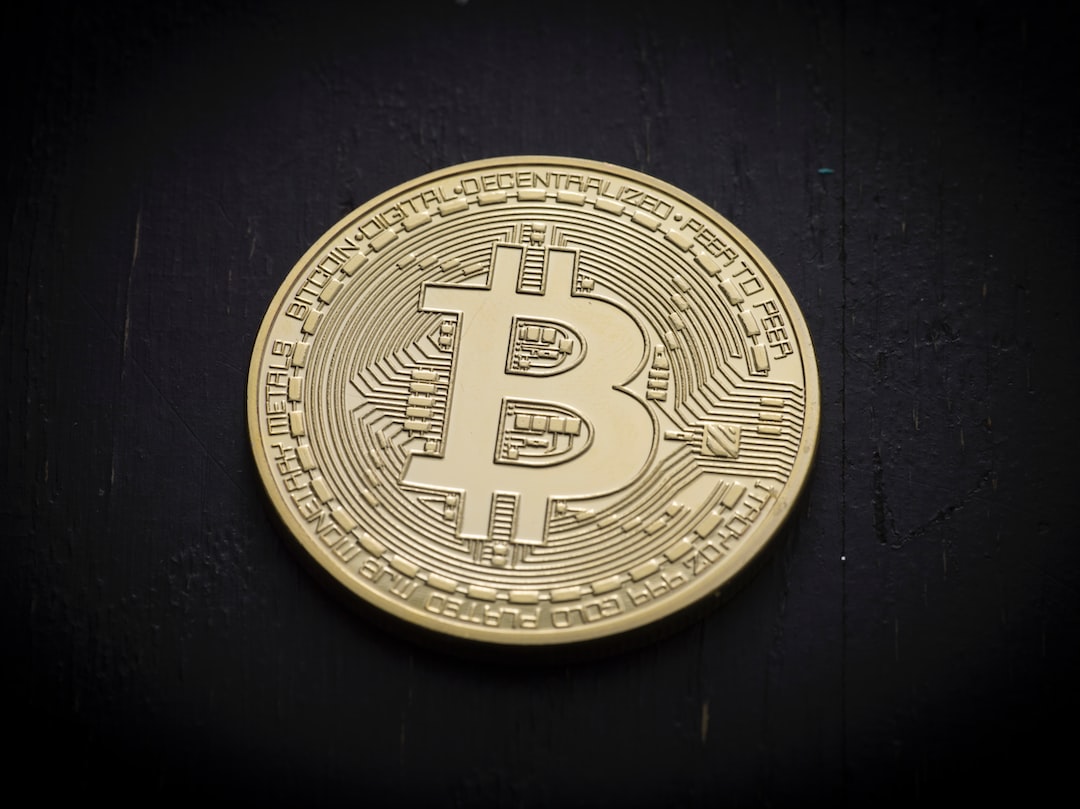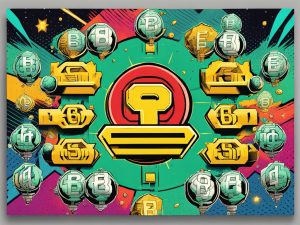Cross-chain lending protocol Radiant Capital (RDNT) experienced a decentralized finance (DeFi) exploit that resulted in the loss of 1,900 ETH. The attack targeted a new lending market for the USDC stablecoin on the Ethereum layer-two solution Arbitrum protocol on January 2, 2024.
Upon receiving reports of an issue with the new USDC market on Arbitrum, the Radiant team temporarily suspended the protocol’s lending and borrowing markets to investigate.
DeFi Exploit Beats Known Radiant Capital Issue
According to blockchain security firm Peckshield, the attacker took advantage of a rounding issue in the smart contracts used in the Aave and Compound code. They exploited this issue within six seconds of the USDC market’s activation.
Radiant v2, which was launched almost a year ago, aims to be the decentralized protocol with the lowest price-to-fee ratio. It offers yields on various cryptocurrencies such as USDC, USDT, sDAI, ETH, wstETH, and rETH.
How DeFi is Rising From The Ashes
The Radiant exploit is one of the largest incidents this year. Despite this, DeFi protocols continue to operate as institutional investors focus on Bitcoin. Security companies like Anchain.AI and Cyvers have emerged to use AI for assessing DeFi security and understanding criminal behavior on-chain.
In addition to security concerns, regulators are also scrutinizing DeFi projects. The crypto industry hopes that Bitcoin will gain more liquidity through exchange-traded products starting in January.
Hot Take: Radiant Capital Exploit Highlights Ongoing Challenges in DeFi
The recent exploit on Radiant Capital’s protocol serves as a reminder of the persistent vulnerabilities in the DeFi space. As the popularity and value of decentralized finance continue to grow, it attracts both innovative solutions and malicious actors.
While security companies are developing advanced tools to enhance the safety of DeFi protocols, regulators are also taking a closer look at the industry. The incident underscores the need for ongoing efforts to improve security measures and regulatory frameworks within the DeFi ecosystem.





 By
By
 By
By
 By
By
 By
By
 By
By
 By
By